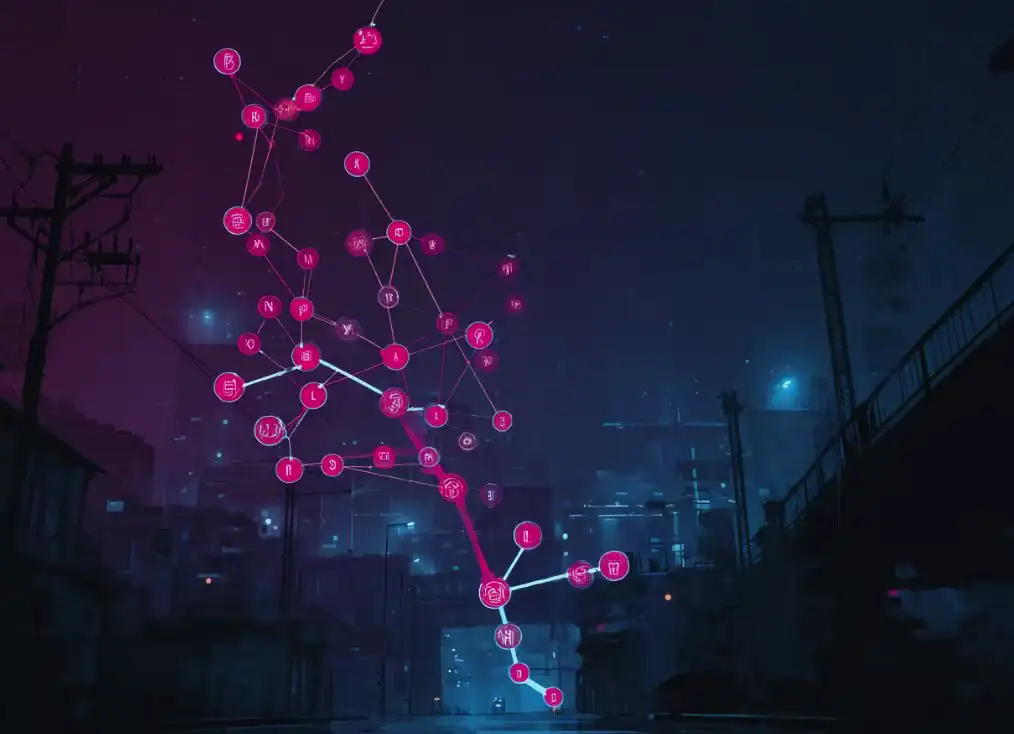Survival or Oblivion? How Cybersecurity Teams Can Leverage OpenAI and LLMs to Transform in the Next Three Years

PenligentAI · 15, August 2025
In an age where AI is accelerating by leaps and bounds, cybersecurity is at a pivotal crossroads. It’s clear that the next three years will determine whether traditional security teams evolve or become obsolete. OpenAI and LLMs (Large Language Models) are at the heart of this shift—AI is no longer a passive assistant; it's fast becoming an "agentic AI", capable of decision-making and action.
Rethinking Roles: Who Will Be Replaced—and Who Will Reinvent Their Role?
SOC Analyst → AI Overseer
Where once L1 analysts spent their days poring over SIEM alerts, writing queries, and escalating incidents, now LLM-powered agents can consume logs, spot anomalies, open tickets, suggest fixes—and even coordinate with XDR systems to trigger initial countermeasures. The analyst’s value now lies in validating AI outputs, fine-tuning agent behavior, and handling complex or ambiguous threats.
Transition Tips:
- Master OpenAI / LLM prompt engineering.
- Get comfortable with multi-agent platforms like CrewAI or AWS Strands.
- Learn to spot AI bias, hallucinations, and false positives.
- Sharpen your critical evaluation skills of AI's output.
DevSecOps Engineer → Multi-Agent Orchestrator
If your engineering role focused on CI/CD automation, it's evolving. Now agents need to understand architecture, catch risks, and automatically generate IaC fixes. That makes you less a “pipeline maintainer” and more an “AI conductor” designing safe, reliable flows.
Transition Tips:
- Understand agent-to-agent communication and coordination.
- Emphasize AI governance: transparency, audit trails, and accountability.
- Learn how AI shifts into “shift-left” CI/CD workflows.

Security Architect → AI Governance Architect
It’s no longer enough to ensure the system is secure—you need to ensure the AI inside is secure. Agents might simulate attacks or propose defenses. The system design has to treat AI as a potential risk surface itself.
Transition Tips:
- Know frameworks like NIST AI RMF and OWASP LLM Top 10.
- Implement sandboxing, behavior monitoring, and least-privileged AI controls.
- Define “AI behavior as code.”
- Start threat modeling with AI-specific vectors and design new security review protocols.
GRC Analyst → AI Audit Architect
Today’s agents might proactively scan for compliance gaps and suggest fixes—but that doesn’t mean compliance roles disappear. Their remit evolves to overseeing AI’s compliance behaviors.
Transition Tips:
- Learn AI compliance standards: ISO/IEC 42001, NIST AI RMF, etc.
- Get comfortable reviewing agent audit logs for anomalies or policy drifting.
- Deepen your knowledge in AI ethics, safety policies, and compliance boundaries.
- Build audit trails and accountability pipelines for AI agents.
Be a Partner, Not a Competitor
Let’s be clear: human-AI collaboration isn’t a catchy slogan—it's our future. As AI gains automation and persistence, the edge isn’t from doing more—but exercising judgment, creativity, and setting boundaries. Your role: validate, guide, and be the conscience of AI.
A Glimpse at Penligent.ai
Amid this transition, Penligent.ai stands out as a leading AI-driven pentesting platform. It employs LLM-powered agents to simulate 24/7 red teaming, offers visual attack-chain insights, and delivers compliance-ready reports. It embodies what AI-assisted security could look like—autonomous, informative, and aligned with today’s evolving human roles.
Relevant Resources